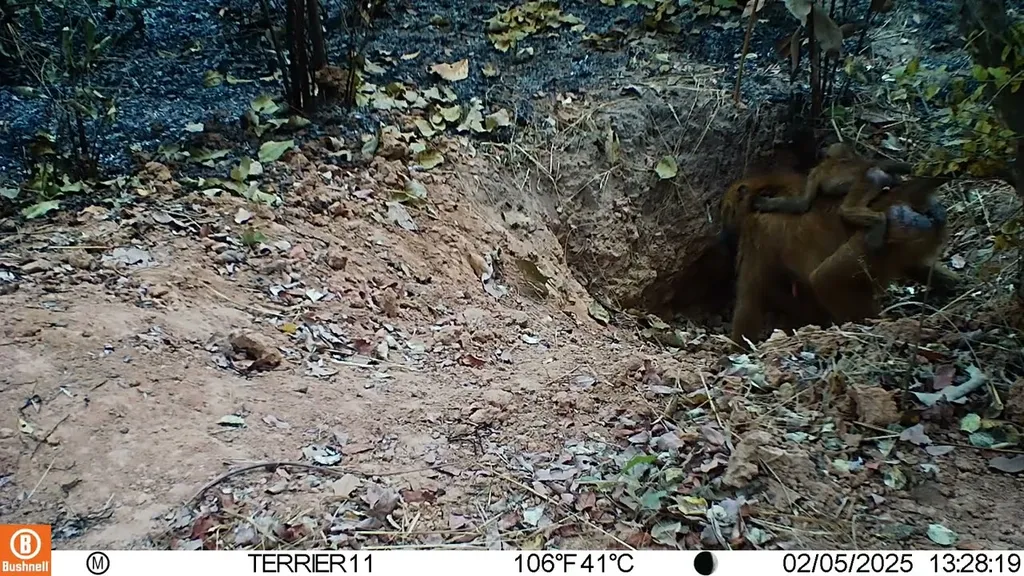The intricate web of life within underground burrows, particularly those of aardvarks in Senegal’s Niokolo-Koba National Park, has emerged as a significant area of concern for disease transmission and ecological health. The recent observations by Belgian ecologist Cédric Vermeulen and his team have shed light on the complex interactions between various species within these subterranean habitats, raising important implications for the agriculture sector and investors.
The findings highlight the potential for zoonotic diseases to spill over from wildlife to humans, a process that could be facilitated by the close proximity of different species within shared burrows. This is particularly relevant for the agriculture sector, where livestock and crops could be vulnerable to pathogens originating from these mixed-species interactions. Investors in agricultural ventures, especially those involving ecotourism or wildlife conservation, need to be aware of these risks and consider them in their long-term strategies.
The agriculture sector, which often intersects with wildlife habitats, must be vigilant about the potential for disease transmission. Farmers and agricultural workers should be educated about the risks associated with zoonotic diseases and the importance of maintaining a healthy distance from wildlife habitats. This includes implementing strict biosecurity measures to prevent the spread of diseases from wildlife to livestock and crops.
For investors, the implications are multifaceted. Those investing in agricultural projects near wildlife habitats should factor in the potential for disease outbreaks and the associated costs of mitigation and containment. This could include investing in research and development for disease surveillance and control measures, as well as supporting initiatives that promote sustainable land use practices. Additionally, investors should consider the broader ecological context of their investments, recognizing that the health of wildlife populations and their habitats is intrinsically linked to the health of agricultural systems.
The study by Vermeulen and his team underscores the need for a One Health approach, which recognizes the interconnectedness of human, animal, and environmental health. This approach is crucial for the agriculture sector and investors, as it encourages a holistic view of health that considers the complex interactions between different species and their environments. By adopting this perspective, the agriculture sector and investors can better anticipate and mitigate the risks associated with zoonotic diseases, ultimately contributing to more sustainable and resilient agricultural systems.
In conclusion, the findings from Niokolo-Koba National Park serve as a reminder of the intricate and often hidden connections between different species and their environments. For the agriculture sector and investors, this highlights the importance of adopting a proactive and integrated approach to health and disease management, one that recognizes the interconnectedness of all living things. By doing so, they can help to ensure the long-term sustainability and resilience of agricultural systems in the face of emerging health threats.

